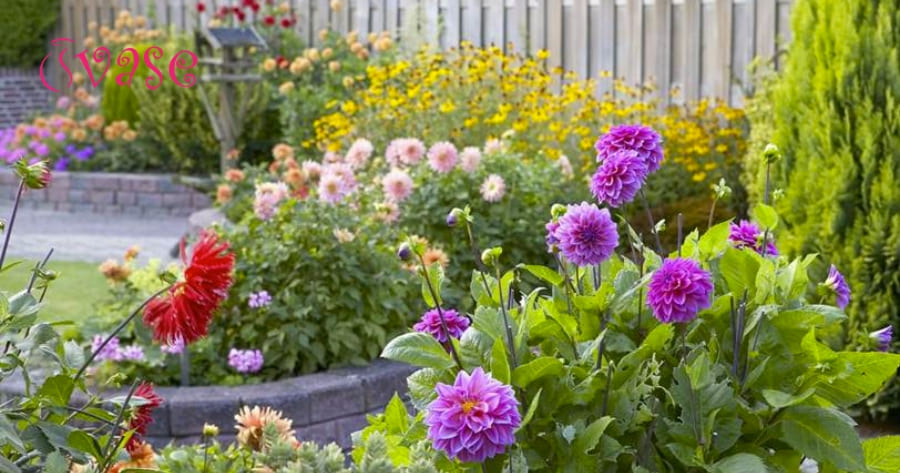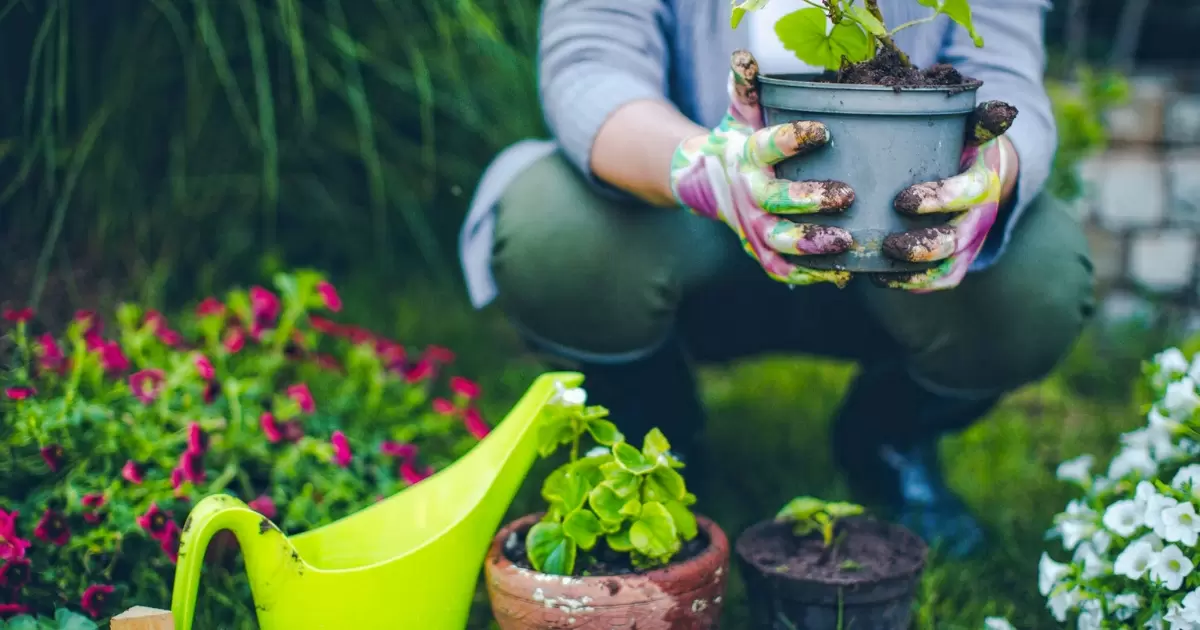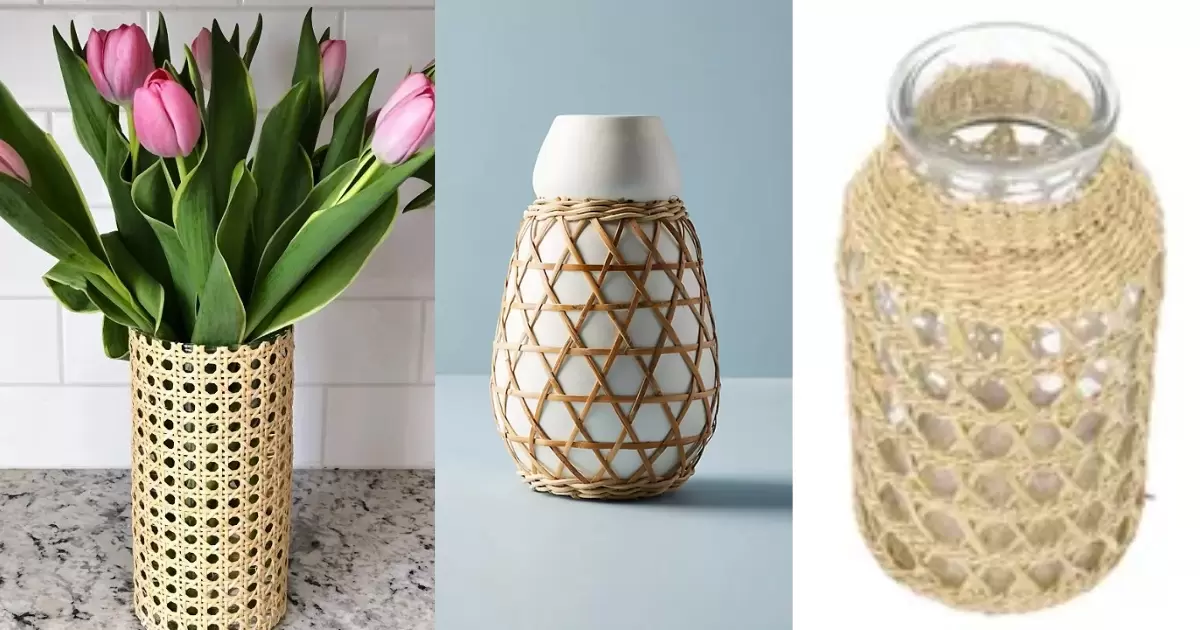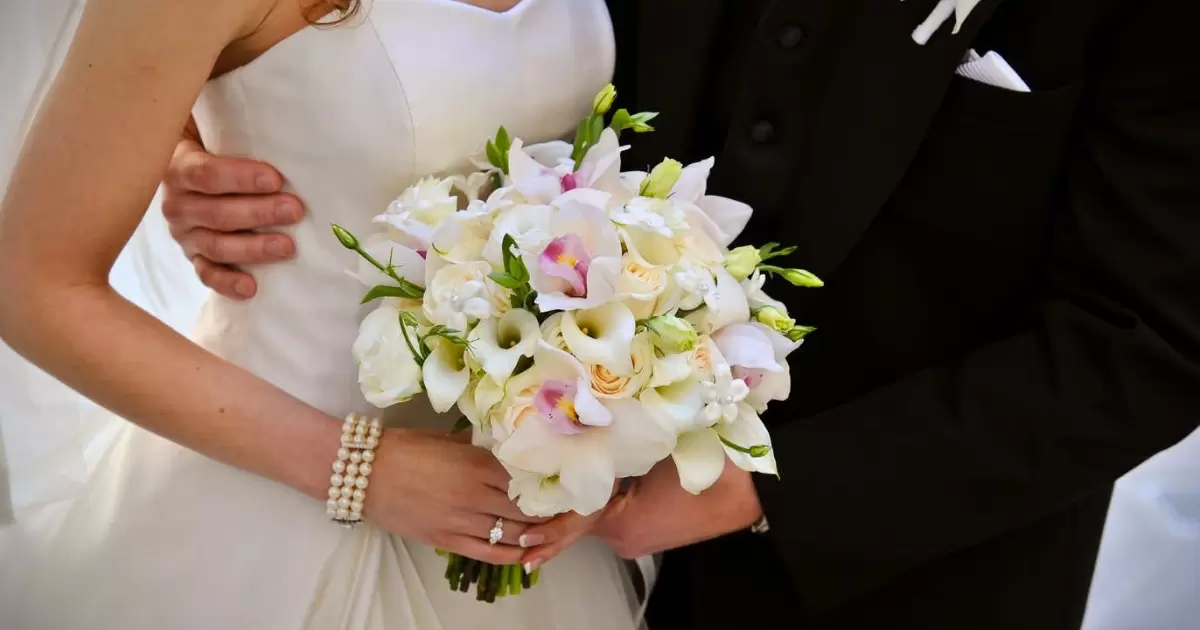Dahlias, with their vibrant colors and diverse shapes, are a delightful addition to any garden. If you're a seasoned gardener or a novice, cultivating dahlias can be a rewarding experience.
Excited about gardening? Dive into the world of growing dahlias and gardening information. Discover vibrant varieties like singles, cactus, and balls to add color to your space. Learn simple tips: Plant in sunny spots, water the roots, and trim for healthy blooms.
In this comprehensive guide, we'll explore the essentials of growing dahlias and provide valuable gardening information to help you nurture these beautiful flowers in your own outdoor space. Join the journey of cultivating beautiful dahlias effortlessly!
Choosing the Right Varieties
Dahlias come in a wide array of varieties, each boasting unique characteristics. When selecting dahlias for your garden, consider factors such as size, color, and form. Anemone-flowered dahlias feature a central disc surrounded by flat, single, or multiple rows of broad petals.
When considering how to cut dahlias for a vase, keep in mind their unique resemblance to anemone flowers. They often display contrasting colors between the disc and the petal edges, creating a striking and eye-catching appearance.
Collarette dahlias are characterized by a single row of flat or slightly incurved petals surrounding a central disc, and they have a distinctive collar of smaller, petal-like structures beneath the larger ones. This collar gives them a charming and intricate look.
Single Orchid
Single orchid dahlias, as the name suggests, have a single row of petals that radiate outward, resembling the elegance of orchid blooms. With a simple yet graceful appearance, these dahlias showcase a central disc with prominent, well-spaced petals. Single Orchid dahlias come in a spectrum of colors, offering a touch of sophistication and natural beauty to any garden or bouquet.
Dahlia's Vreity In Their Appearance
|
Dahlia Types |
Description |
|
Ball and Pompon |
Round, globe-like blooms; perfect for bouquets. |
|
Cactus and Semi-Cactus |
Spiky, pointed petals; adds a touch of drama. |
|
Single-flowered |
One row of petals; simple and elegant. |
|
Decorative |
Varied, intricate petals; classic garden charm. |
Planting Dahlias
Dahlias thrive in well-draining soil with good fertility. Follow these steps for successful planting.
Soil Preparation
Before introducing your dahlias to the soil, thoughtful preparation is key. Opt for a sunny location, providing a minimum of six hours of daily sunlight. The soil should be a well-draining haven for your plants. Incorporate organic matter to enhance fertility and create a nurturing environment.
Planting Dahlias
The actual act of planting dahlias involves a series of simple yet crucial steps. After the last frost of spring, carefully dig a hole twice the diameter of the dahlia tuber. Place the tuber in the hole with the eye facing upward. Cover it with soil and ensure a thorough watering.
Watering and Fertilizing
When it comes to dahlias, watering is simple but crucial. Keep the soil consistently moist, especially during dry spells. Direct the water at the base to avoid wetting the foliage, which can lead to diseases. This uncomplicated routine ensures your dahlias receive the hydration they need for healthy growth.
Fertilizing your dahlias follows an equally straightforward approach. Use a balanced fertilizer every 4-6 weeks during the growing season. As summer progresses, reduce the frequency to encourage optimal flower development. By adhering to these basic guidelines, you provide the necessary nutrients for your dahlias to thrive and bloom vibrantly in your garden.
Digging and Storing Tubers
When the time comes to bid farewell to your dahlias, a careful process of digging and storing tubers awaits. As the first frost arrives, delicately lift the tubers from the soil using a fork. Allow them a day to dry, preventing potential rot. Once dry, store these treasures in a cool, dry area, safeguarding their vitality until the next growing season.
Digging Dahlias
The act of digging dahlias requires attention to detail. After the first frost, delicately unearth the tubers using a fork, ensuring their integrity. Let them bask in the open air for a day, reducing the risk of rot. This simple yet critical step prepares your dahlias for a brief rest before the cycle of growth resumes.
Storing Tubers
Properly storing tubers is the final act in the dahlia lifecycle. After removing excess soil, place the tubers in a cool, dry space. Store them in peat moss, vermiculite, or sand to prevent dehydration. This thoughtful storage ensures the rejuvenation of your dahlias, ready to grace your garden with vibrant blooms in the seasons to come.
Companion Planting with Dahlias
When considering the companions for your dahlias, understanding companion planting with dahlias is crucial. Some plants can benefit dahlias by deterring pests, enhancing soil fertility, or providing structural support. By strategically selecting plants to grow alongside your dahlias, you create a harmonious and mutually beneficial environment in your garden.
Beneficial Companions
Certain plants act as beneficial companions to dahlias. Marigolds, for instance, help deter nematodes, while larkspur attracts beneficial insects. By carefully choosing these companions, you not only enhance the aesthetic appeal of your garden but also contribute to the overall health and well-being of your dahlias.
Attracting Pollinators
To ensure the pollination success of your dahlias, focus on attracting pollinators. Bees, butterflies, and other pollinators play a vital role in the blooming process. Planting flowers that these pollinators love ensures a steady influx of visitors to your garden, contributing to the pollination and overall vitality of your dahlias.
Planting Pollinator-Friendly Flowers
Creating a garden that attracts pollinators involves incorporating growing dahlias and gardening information. Plant pollinator-friendly flowers such as bee balm, lavender, and salvia to entice bees and butterflies. Providing a water source for these pollinators further establishes your garden as a welcoming haven, fostering a thriving ecosystem for your dahlias.
Frequently Asked Question
What season do dahlias grow?
Dahlias typically grow during the warm seasons of spring and summer. Planting usually takes place in the spring after the last frost has passed, and dahlias continue to thrive throughout the summer, producing vibrant blooms.
What climate do dahlias grow best in?
Dahlias thrive in climates with warm temperatures and plenty of sunlight. They prefer full sun exposure, requiring at least six hours of sunlight daily.
What zones do dahlias grow best in?
Dahlias grow best in USDA hardiness zones 8 to 11. These zones encompass regions with relatively mild winter temperatures, as dahlias are susceptible to frost.
Are dahlias expensive?
The cost of dahlias can vary depending on factors such as variety, size, and source. Commonly, dahlias are reasonably priced, especially if purchased as tubers or seeds.
Conclusion
Growing dahlias is a joyful journey for gardeners of all levels. Choose from various types like single, cactus, or ball dahlias for a diverse display. Plant them in well-draining soil, ensuring at least six hours of sunlight. Regular watering, proper fertilization, and careful pruning lead to healthy, vibrant dahlias.
Understanding and preventing common pests and diseases are vital aspects of dahlia care. Use simple solutions, like soapy water for aphids and beer traps for snails. Efficiently store tubers in winter by digging them after the first frost. Explore companion planting with marigolds and attracting pollinators with bee-friendly flowers for a thriving garden.
.png)












